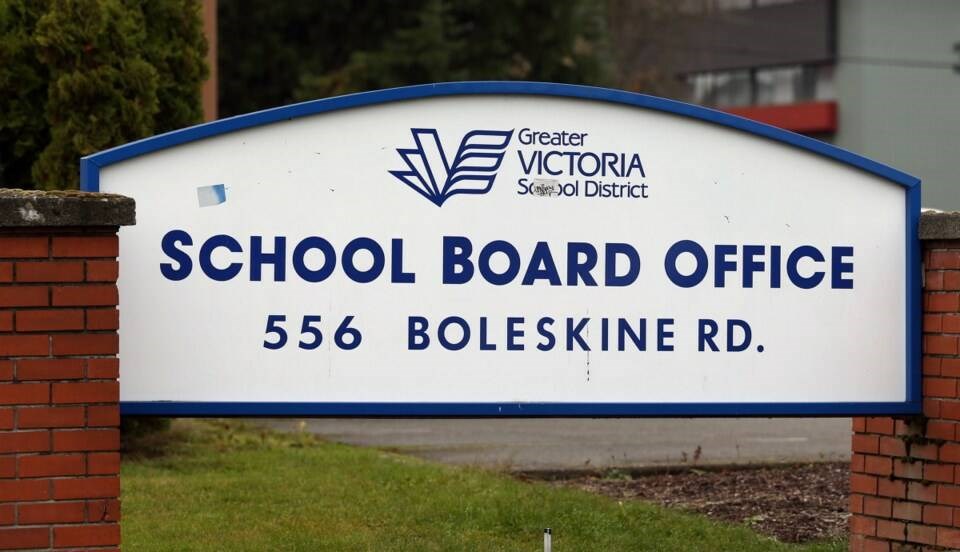It appears the animosity shown by the Greater Victoria School Board toward the police liaison program extends further than we knew.
After Victoria city council asked the school board to reconsider, a letter-writing campaign was organized to push back on council. Teachers in the region received letter drafts which they were asked to sign, criticizing the council.
While it’s not clear who organized the campaign, the B.C. Teachers’ Federation indicated its support for the sentiments expressed in the letter.
The federation isn’t just another interest group. It is the official voice of the teaching profession in B.C.
Yet it is well on the way to embracing a divisive ideology that has no place in our classrooms or in the minds of our children.
This is deeply disturbing.
What case can they offer?
The Greater Victoria School Board gave three reasons for its action.
First, the board argued that some students and staff members feel unsafe around uniformed officers. Regrettable as that is, no doubt it’s true.
But what is the board saying here? That students and staff are right to feel unsafe?
If so, that is a shameful mistreatment of those officers who do such good work.
If instead the board believes this fear unwarranted, then why reinforce it by banning the liaison program?
From either angle, this attempt at justification falls flat.
Second, the board disputes one of the reasons given for assigning liaison officers, that gang activity in and around schools is on the increase. Specifically, the board has said, “In the absence of historical data from police, it is not possible to determine whether recent reports of gang recruitment or other criminal activity represent a change in activity.”
That is demonstrably untrue. There is a wealth of research on the growing presence of gangs on school grounds.
The federal Department of Public Safety reports that B.C. has the third highest number of youth gangs, country-wide, with 102 youth gangs and 1,027 members.
Of these, half are under the age of 18, and while boys predominate, there is a growing percentage of female members in Western Canada, with B.C. in the lead.
In addition, there is a proven correlation between gang activity in schools and the presence of both guns and drugs in schools.
Last year, Saanich seized more than $100,000 worth of vaping products that were being sold to pupils at local schools across the Capital Regional District, both during and after school hours.
Third, the board argued there is scant evidence that police liaison programs do any good. That too is controverted by reams of well-supported studies.
Both in Canada and across the U.S., liaison programs have been shown beyond any dispute to reduce crime and bullying in schools.
With officers present, gangs are kept at a distance. On the other hand, in the absence of liaison officers, school administrators are required to call the non-emergency police lines and join an often lengthy queue.
Most important, liaison officers have been shown to build positive relationships with students and staff.
As an officer with the Peel police department in Ontario put it, “You’re not looking to arrest kids. You don’t benefit from that. You’re actually trying to help them out.”
It’s apparent what is happening here. We all remember the movement to defund the police, which began south of the border, then spread here.
A mindset grew out of this movement that promoted longstanding distrust of law enforcement officers.
Unfortunately this is now the accepted dogma of the Greater Victoria School Board, backed by the B.C. Teachers’ Federation.
Yet these are the people we trust to educate our children. It’s time the province’s education ministry took a stance.
>>> To comment on this article, write a letter to the editor: [email protected]



